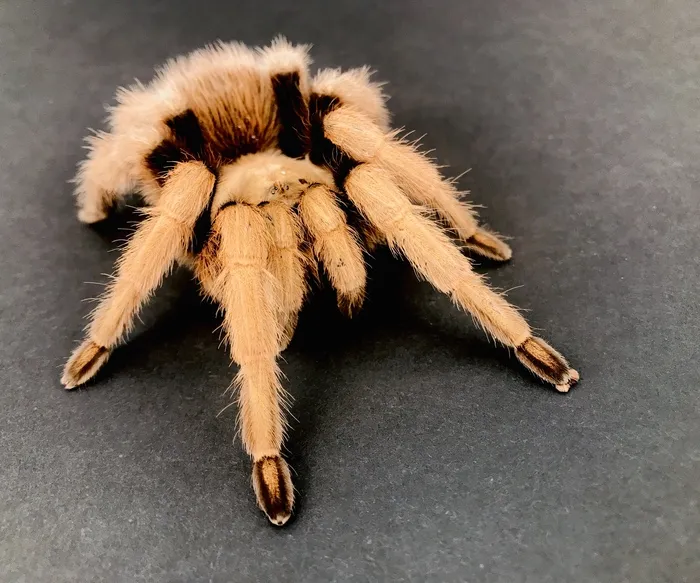Arizona Blonde Tarantula Care Top 5 Tips
The Arizona Blonde Tarantula (Aphonopelma chalcodes) is a captivating and relatively docile species, making it a popular choice among tarantula enthusiasts. Native to the southwestern United States, these spiders are known for their beautiful coloration and manageable temperament. However, successful Arizona Blonde tarantula care requires understanding their specific needs. This guide provides the top five essential tips to ensure your Arizona Blonde thrives, covering everything from enclosure setup to proper handling. By following these guidelines, you can create a safe and enriching environment for your fascinating pet.
Choosing the Right Enclosure
Selecting the appropriate enclosure is the first and most crucial step in Arizona Blonde tarantula care. The right habitat provides a secure and comfortable living space, replicating their natural environment as closely as possible. Consider the size of the tarantula and its growth stage when choosing an enclosure. A juvenile tarantula will require a smaller habitat than a fully grown adult. Proper ventilation is also critical for preventing the buildup of harmful mold and maintaining air quality within the enclosure.
Size and Ventilation
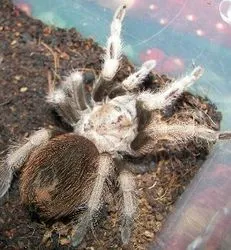
The enclosure should be large enough for the tarantula to move around comfortably, but not so large that it feels overwhelmed or has difficulty finding food. A general rule of thumb is to provide an enclosure that is at least three times the tarantula’s leg span in width. Ensure the enclosure has ample ventilation, such as cross-ventilation through holes or a mesh lid. This prevents the buildup of moisture and stale air, which can lead to health problems for your tarantula. Avoid enclosures with excessively large ventilation holes, as small spiderlings can escape through them.
Substrate and Decor
The substrate, or bedding, should be deep enough for the tarantula to burrow if it chooses. A mixture of coco fiber, peat moss, and a small amount of vermiculite is a suitable substrate blend. This blend retains moisture well and allows the tarantula to create burrows and tunnels. Add a few inches of substrate to allow for proper burrowing behavior. Decorate the enclosure with cork bark, driftwood, or artificial plants to provide hiding places and enrich the environment. Avoid sharp or abrasive decorations that could injure the tarantula.
Providing Optimal Temperature and Humidity
Arizona Blonde tarantulas thrive in a specific range of temperature and humidity. Maintaining these conditions is essential for their health, molting, and overall well-being. Regularly monitor the temperature and humidity levels using a reliable thermometer and hygrometer. Adjustments may be necessary depending on your local climate and the specific needs of your tarantula. Creating the right environment will help them thrive and live a long, healthy life.
Temperature Requirements
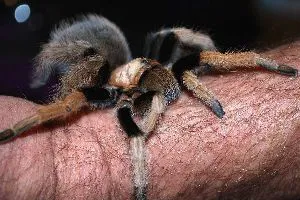
The ideal temperature range for Arizona Blonde tarantulas is between 75°F and 85°F (24°C and 29°C). A consistent temperature is more important than a fluctuating one, so avoid placing the enclosure in direct sunlight or near heat sources that could cause rapid temperature changes. You can use a heat mat placed on the side of the enclosure (never underneath) to maintain a consistent temperature, especially in cooler climates. Monitor the temperature using a thermometer placed inside the enclosure.
Humidity Levels
Arizona Blonde tarantulas are accustomed to relatively low humidity levels, mirroring their desert habitat. Maintaining a humidity level of 60-70% is generally appropriate. You can achieve this by misting one side of the enclosure every few days, allowing the other side to remain dry. The substrate should be allowed to dry out between mistings to prevent mold growth. Use a hygrometer to monitor the humidity levels within the enclosure and make adjustments as needed to maintain the appropriate range.
Feeding Your Arizona Blonde
Proper nutrition is crucial for the health and growth of your Arizona Blonde tarantula. They are voracious eaters and require a diet that provides the necessary nutrients for their development. The type of food and feeding frequency depend on the tarantula’s age and size. It’s important to observe your tarantula’s eating habits and adjust the diet accordingly. A healthy tarantula will readily accept food and exhibit normal behavior.
Appropriate Food
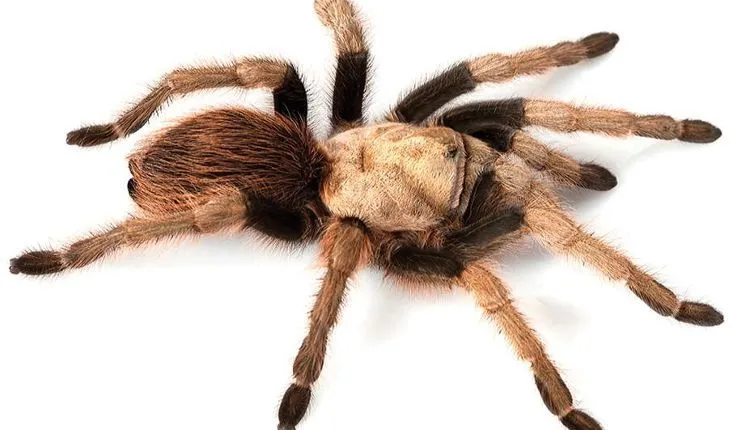
The primary food source for Arizona Blonde tarantulas is insects. Suitable food items include crickets, mealworms, dubia roaches, and other commercially available insects. The size of the prey should be appropriate for the tarantula’s size; generally, the prey should be no larger than the tarantula’s body. Feed your tarantula insects that are gut-loaded (fed nutritious food prior to being offered to your tarantula) to ensure they receive adequate nutrients. Avoid feeding wild-caught insects, as they may carry parasites or pesticides.
Feeding Frequency
Feeding frequency depends on the tarantula’s age and feeding response. Spiderlings should be fed two to three times per week. As they grow, you can gradually reduce the feeding frequency to once a week or every other week for adults. Observe your tarantula’s feeding habits; if it consistently refuses food, it may be nearing a molt. Remove any uneaten prey within 24 hours to prevent stress and potential injury to the tarantula.
Water and Hydration
Providing fresh water is essential for the health and hydration of your Arizona Blonde tarantula. Although they get some moisture from their food, a constant water source is necessary, especially in a dry environment. Clean water ensures your tarantula stays hydrated and supports its overall well-being. Regularly monitor the water source and replenish it as needed. This ensures your tarantula’s overall health and facilitates its molting process.
Water Source

Provide a shallow water dish filled with fresh, clean water. The dish should be shallow enough to prevent the tarantula from drowning. Use a sponge or small rocks in the dish to provide a secure foothold for the tarantula. Alternatively, you can provide water by misting the enclosure walls and substrate, allowing the tarantula to drink the droplets. Always ensure the water source is clean and free from debris.
Hydration Schedule
Water should be readily available at all times. Check the water dish daily and refill it as needed. If you choose to mist the enclosure, do so every few days, allowing the enclosure to dry out between mistings. Pay close attention to the tarantula’s behavior. If you notice it is lethargic or not eating, dehydration may be a factor. Ensure adequate hydration to support its overall health and facilitate its molting process. Always maintain a clean water source.
Handling and Safety
While Arizona Blonde tarantulas are relatively docile, handling them is generally not recommended. Tarantulas are fragile creatures, and dropping them can cause serious injury or even death. Bites, although uncommon, can also occur. If you choose to handle your tarantula, it’s essential to do so with caution and awareness of its behavior. Prioritize the safety of both yourself and the tarantula by understanding the risks involved and taking necessary precautions.
Safe Handling Practices
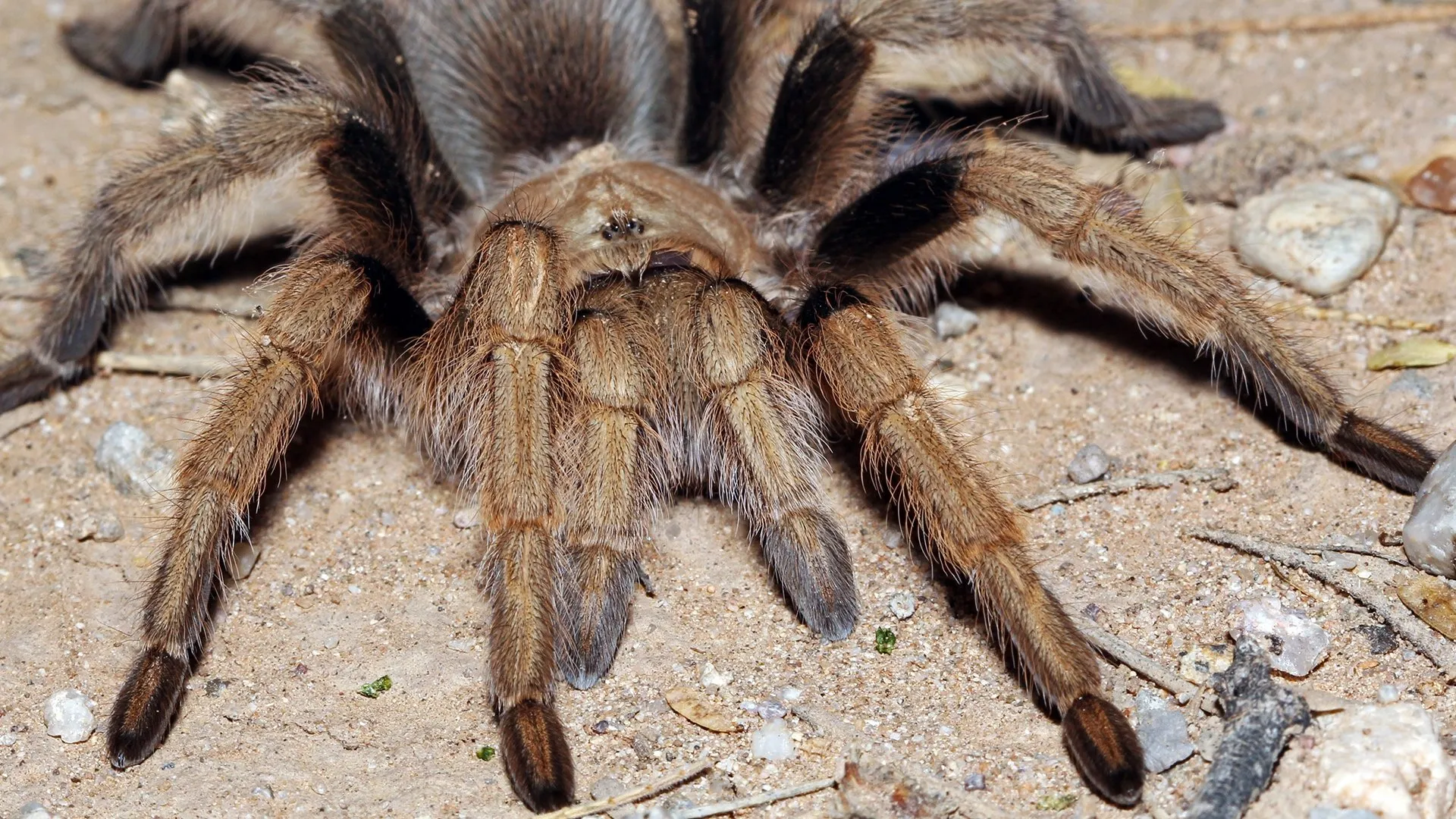
If you choose to handle your tarantula, do so close to the ground or a soft surface to minimize the risk of injury from a fall. Avoid sudden movements or loud noises that could startle the tarantula. Gently coax the tarantula onto your hand, allowing it to walk onto your palm. Never grab or restrain the tarantula; let it move at its own pace. Always wash your hands thoroughly before and after handling your tarantula to prevent the spread of bacteria or contaminants.
Recognizing Stress Signs
Pay close attention to your tarantula’s behavior to identify any signs of stress. If your tarantula is flicking its legs, raising its front legs in a defensive posture, or showing any other unusual behavior, it may be stressed and should be left alone. Avoiding handling is generally the best practice. Providing a secure and comfortable environment is key to the well-being of your Arizona Blonde tarantula.
Caring for an Arizona Blonde Tarantula can be a rewarding experience. By following these top 5 tips, you can create a healthy and enriching environment for your pet tarantula. Remember to prioritize their needs and observe their behavior to ensure their well-being. With proper care, your Arizona Blonde Tarantula can thrive and become a fascinating addition to your home.
